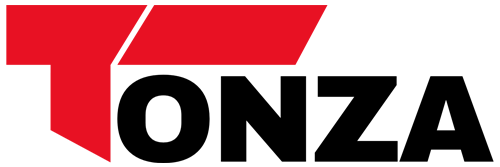What is tool offset in CNC milling?
In the world of CNC milling, precision is paramount. The ability to produce intricate and accurate parts relies heavily on the proper setup and configuration of the machine tools.
Tool offset plays a critical role in this setup. CNC machines use this fundamental concept to compensate for the physical dimensions of the cutting tools.
In this article, we will delve deep into the world of tool offset in CNC milling, exploring its importance, how it is implemented, and the benefits it offers to engineers and manufacturers.
What is Tool Offset?
Tool offset, in the context of CNC milling, refers to the distance between the cutting edge of the tool and the surface of the workpiece.
This distance is crucial for achieving accurate and precise cuts, as it allows the machine to account for the physical dimensions of the tool during the machining process.
By factoring in the tool offset, the CNC machine can position the tool correctly relative to the workpiece, ensuring that the desired dimensions and tolerances are met.
Importance of Tool Offset
Tool offset plays a vital role in the overall quality and accuracy of machined parts.
By accounting for the physical dimensions of the cutting tool, CNC machines can produce parts with tight tolerances and intricate geometries.
Without proper tool offset settings, the cutting tool may not engage with the workpiece correctly, leading to inaccuracies, dimensional errors, and defects in the finished part.
Additionally, tool offset allows for increased flexibility in machining operations.
By adjusting the tool offset values, engineers and operators can compensate for tool wear, tool changes, and other factors that may affect the cutting process.
This flexibility ensures consistent performance and precise results across multiple machining operations, contributing to overall efficiency and quality in manufacturing processes.
Implementing Tool Offset
Implementing tool offset in CNC milling involves configuring the machine to account for the specific dimensions of the cutting tools being used.
This process typically requires inputting the tool offset values into the machine’s control system, either manually or through automated tool management systems.
These values represent the distance between the tool’s reference point (such as the tool tip or tool holder) and the cutting edge, along different axes (X, Y, and Z).
Once the tool offset values are set, the CNC machine uses this information to position the tool accurately during machining operations.
By referencing the tool offset values in the toolpath programming, the machine can adjust the tool’s position and orientation as it moves across the workpiece, ensuring precise cuts and dimensions are achieved.
Benefits of Tool Offset
Tool offset offers a range of benefits to engineers and manufacturers in the CNC milling process. Some of the key advantages of using tool offset include:
- Improved accuracy and precision in machined parts
- Enhanced flexibility in tooling and machining operations
- Ability to compensate for tool wear and changes
- Consistent performance across different machining operations
By leveraging tool offset effectively, manufacturers can optimize their machining processes, reduce scrap and rework, and ultimately achieve higher quality standards in their finished parts.
Conclusion
Tool offset is a critical component of CNC milling that enables engineers and manufacturers to achieve precise and accurate results in their machining operations.
By accounting for the physical dimensions of cutting tools and adjusting the tool position accordingly, CNC machines can produce parts with tight tolerances and complex geometries.
The implementation of tool offset offers a range of benefits, including improved accuracy, flexibility, and consistency in machining processes.
By understanding and utilizing tool offset effectively, manufacturers can enhance their productivity, increase quality standards, and drive innovation in the world of CNC milling.
